John Vince
Bournemouth University, Hereford, UK
ISBN 978-3-031-28116-7 e-ISBN 978-3-031-28117-4
https://doi.org/10.1007/978-3-031-28117-4
Springer Nature Switzerland AG 2013, 2019, 2023
1st edition: Springer-Verlag London 2013
2nd and 3th edition: Springer Nature Switzerland AG 2019, 2023
This work is subject to copyright. All rights are reserved by the Publisher, whether the whole or part of the material is concerned, specifically the rights of translation, reprinting, reuse of illustrations, recitation, broadcasting, reproduction on microfilms or in any other physical way, and transmission or information storage and retrieval, electronic adaptation, computer software, or by similar or dissimilar methodology now known or hereafter developed.
The use of general descriptive names, registered names, trademarks, service marks, etc. in this publication does not imply, even in the absence of a specific statement, that such names are exempt from the relevant protective laws and regulations and therefore free for general use.
The publisher, the authors, and the editors are safe to assume that the advice and information in this book are believed to be true and accurate at the date of publication. Neither the publisher nor the authors or the editors give a warranty, expressed or implied, with respect to the material contained herein or for any errors or omissions that may have been made. The publisher remains neutral with regard to jurisdictional claims in published maps and institutional affiliations.
This Springer imprint is published by the registered company Springer Nature Switzerland AG
The registered company address is: Gewerbestrasse 11, 6330 Cham, Switzerland
Preface
Calculus is one of those subjects that appears to have no boundaries, which is why some books are so large and heavy! So when I started writing the first edition of this book, I knew that it would not fall into this category. It would be around 200 pages long and take the reader on a gentle journey through the subject, without placing too many demands on their knowledge of mathematics.
The second edition reviewed the original text, corrected a few typos, and incorporated three extra chapters. I also extended the chapter on arc length to include the parameterisation of curves.
In this third edition, I have reviewed the text, corrected a few typos, and incorporated new chapters on vector differential operators and solving differential equations.
The objective of the book remains the same: to inform the reader about functions and their derivatives, and the inverse process: integration, which can be used for computing area and volume. The emphasis on geometry gives the book relevance to the computer graphics community and hopefully will provide the mathematical background for professionals working in computer animation, games and allied disciplines to read and understand other books and technical papers where the differential and integral notation is found.
The book divides into 18 chapters, with the obligatory chapters to introduce and conclude the book. Chapter reviews the ideas of functions, their notation and the different types encountered in everyday mathematics. This can be skipped by readers already familiar with the subject.
Chapter introduces the idea of limits and derivatives, and how mathematicians have adopted limits in preference to infinitesimals. Most authors introduce integration as a separate subject, but I have included it in this chapter so that it is seen as an antiderivative, rather than something independent.
Chapter looks at derivatives and antiderivatives for a wide range of functions such as polynomial, trigonometric, exponential and logarithmic. It also shows how function sums, products, quotients and function of a function are differentiated.
Chapter covers higher derivatives and how they are used to detect a local maximum and minimum.
Chapter covers partial derivatives, which although easy to understand, have a reputation for being difficult. This is possibly due to the symbols used, rather than the underlying mathematics. The total derivative is introduced here as it is required in a later chapter.
Chapter introduces the standard techniques for integrating different types of functions. This can be a large subject, and I have deliberately kept the examples simple, in order to keep the reader interested and on top of the subject.
Chapter shows how integration reveals the area under a graph and the concept of the Riemann Sum. The idea of representing area or volume as the limiting sum of some fundamental units is central to understanding calculus.
Chapter deals with arc length, and uses a variety of worked examples to compute the length of different curves and their parameterisation
Chapter shows how single and double integrals are used to compute the surface area of different objects. It is also a convenient point to introduce Jacobians, which, hopefully, I have managed to explain convincingly.
Chapter shows how single, double and triple integrals are used to compute the volume of familiar objects. It also shows how the choice of a coordinate system influences a solutions complexity.
Chapter covers vector-valued functions, and provides a short introduction to this very large subject.
Chapter is new, and covers three differential operators: grad, div and curl.
Chapter shows how to calculate tangent and normal vectors for a variety of curves and surfaces, which are useful in shading algorithms and physically-based animation.
Chapter shows how differential calculus is used to manage geometric continuity in B-splines and Bzier curves.
Chapter looks at the curvature of curves such as a circle, helix, parabola and parametric plane curves. It also shows how to compute the curvature of 2D quadratic and cubic Bzier curves.
Chapter is new, and explores a few techniques for solving first-order differential equations.
I used Springers excellent authors  development kit on my Apple iMac, which is so fast that I create an entire book in 3 or 4 seconds, just to change a single character! This book contains around two hundred colour illustrations to provide a strong visual interpretation for derivatives, antiderivatives and the calculation of arc length, curvature, tangent vectors, area and volume. I used Apples Grapher application for most of the graphs and rendered images, and Pages for the diagrams.
development kit on my Apple iMac, which is so fast that I create an entire book in 3 or 4 seconds, just to change a single character! This book contains around two hundred colour illustrations to provide a strong visual interpretation for derivatives, antiderivatives and the calculation of arc length, curvature, tangent vectors, area and volume. I used Apples Grapher application for most of the graphs and rendered images, and Pages for the diagrams.
There is no way I could have written this book without the Internet and several excellent books on calculus. One only has to Google What is a Jacobian? to receive over a thousand entries in about 1 second! YouTube also contains some highly informative presentations on virtually every aspect of calculus one could want. So I have spent many hours watching, absorbing and disseminating videos, looking for vital pieces of information that are key to understanding a topic.

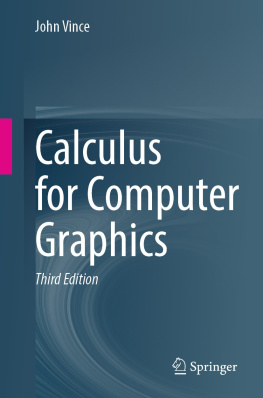
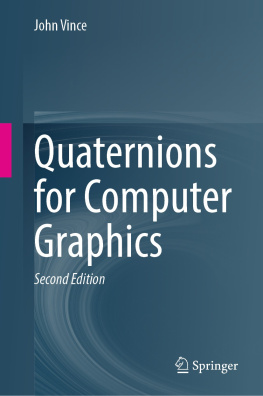
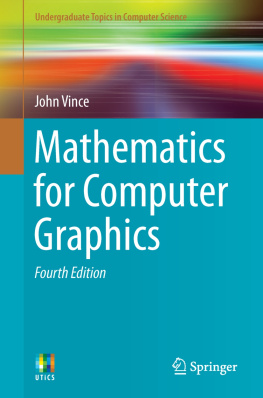

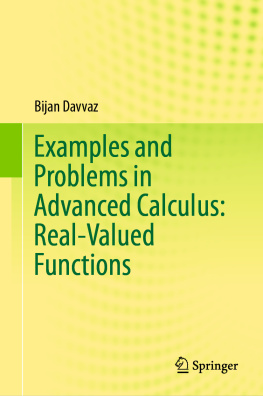
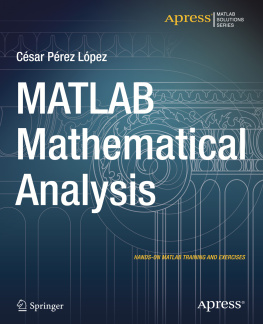
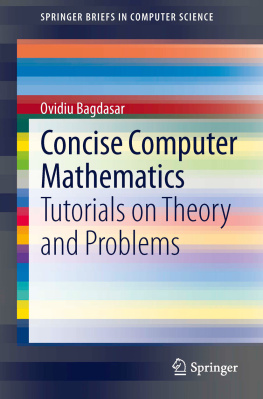
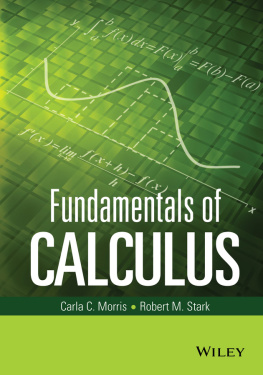
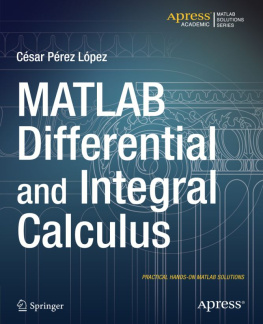



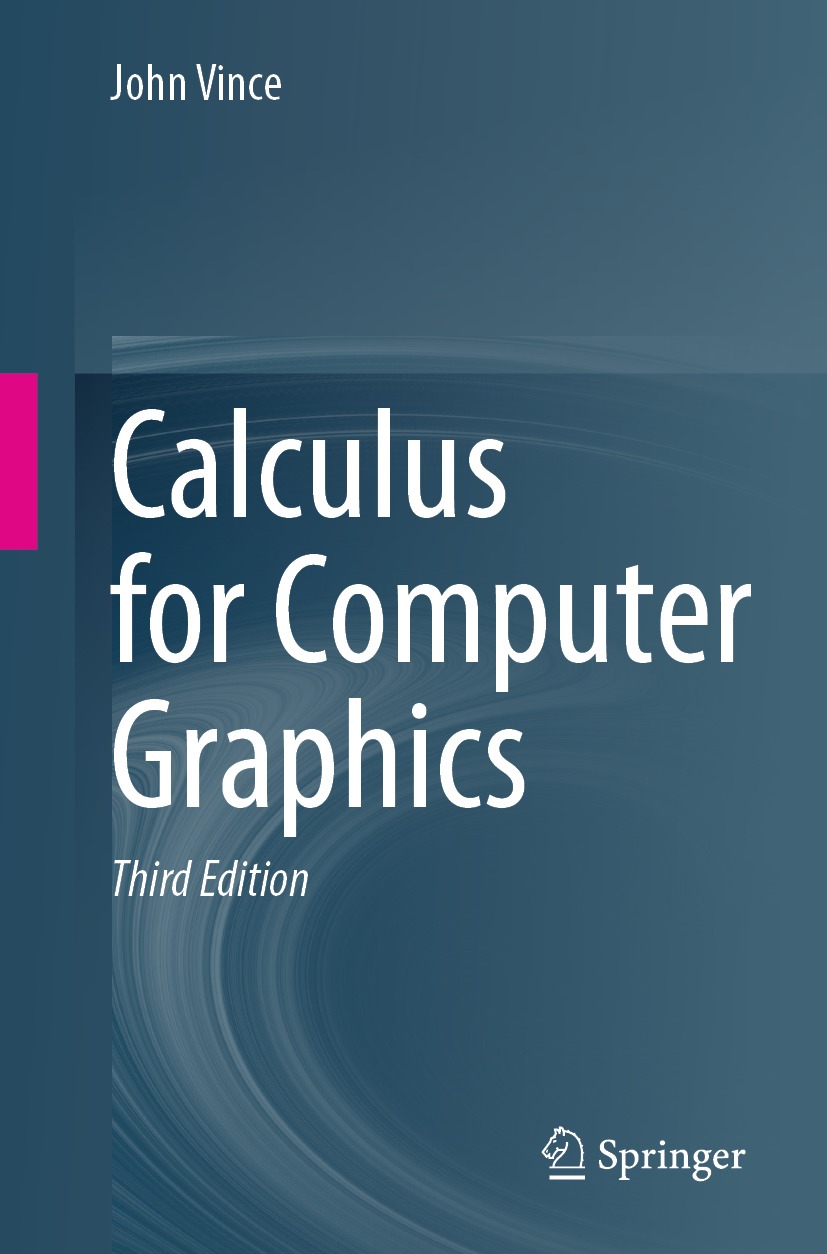

 development kit on my Apple iMac, which is so fast that I create an entire book in 3 or 4 seconds, just to change a single character! This book contains around two hundred colour illustrations to provide a strong visual interpretation for derivatives, antiderivatives and the calculation of arc length, curvature, tangent vectors, area and volume. I used Apples Grapher application for most of the graphs and rendered images, and Pages for the diagrams.
development kit on my Apple iMac, which is so fast that I create an entire book in 3 or 4 seconds, just to change a single character! This book contains around two hundred colour illustrations to provide a strong visual interpretation for derivatives, antiderivatives and the calculation of arc length, curvature, tangent vectors, area and volume. I used Apples Grapher application for most of the graphs and rendered images, and Pages for the diagrams.